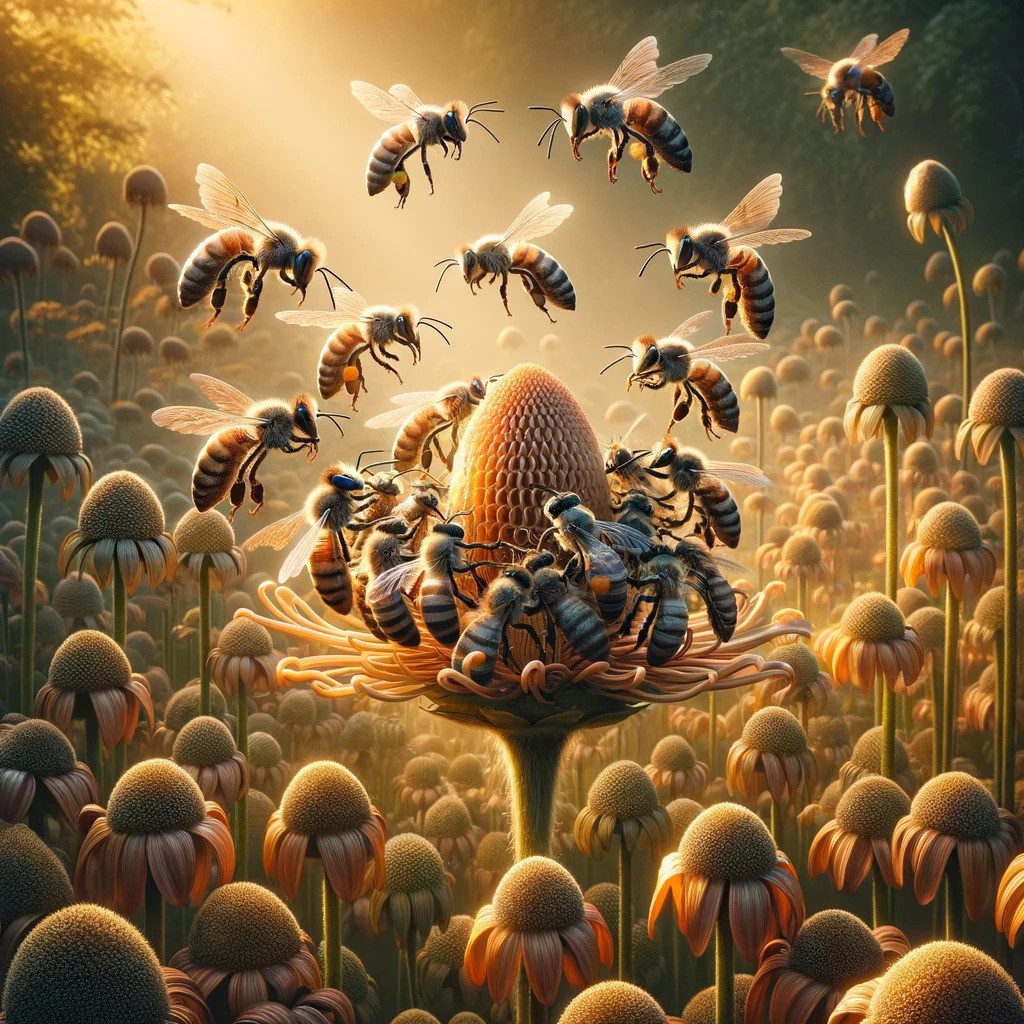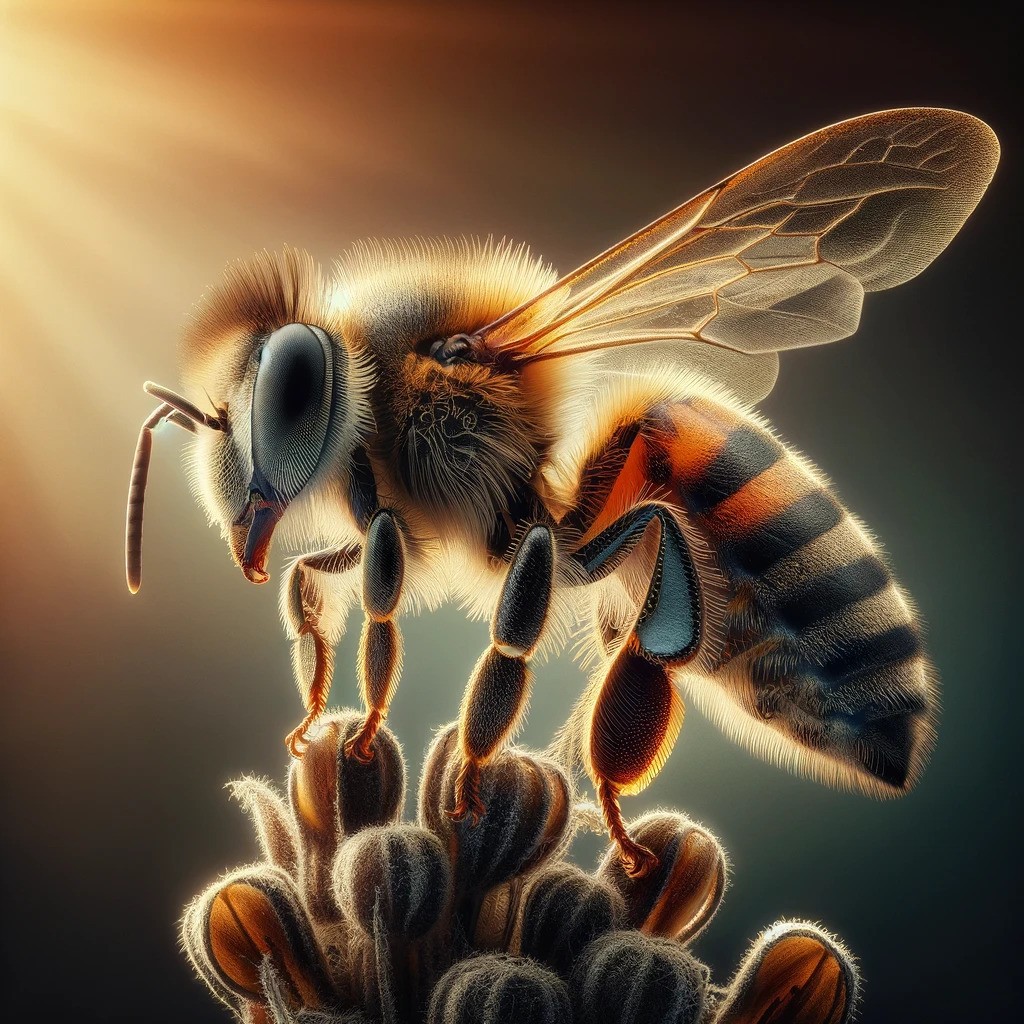Since the dawn of time honey has been used by any culture that had access to it.
What makes us excited about honey is that even though we’ve been using it for thousands of years, pathogens never learned to become resistant to it. Even superbugs that are resistant to many antibiotics aren’t safe around honey.
1. Honey Dry Out Bacteria
Honey is made mostly of glucose and fructose and is a supersaturated solution which means it will dry out any pathogen that comes in contact with it for too long.
There isn’t enough water in honey for any microorganisms to live on so they get annihilated.
2. Specific PH
Honey is acidic and most bacteria can’t tolerate this.
With a PH between 3.2 and 4.5, honey inhibits the growth of pathogens.
3. Bee-Defensin-1 Protein
This protein may end up in honey the moment bees mix the honey.
It’s a part of their immune system and it protects them and their food from harmful bacteria.
4. Glucose Oxidase Enzyme
When bees make honey they mix-in an enzyme called glucose oxidase which produces two different compounds: Gluconic acid and Hydrogen peroxide.
Both compounds attack bacteria and have antiseptic properties.
5. First Aid Dressing Material
Honey tends to absorb moisture from the air which helps the wound not get infected.
When honey comes in contact with a wound, enzymes slowly release the anti-septic hydrogen peroxide.
Honey keeps the wound moist, clean and prevents the dressing from sticking to the wound.














